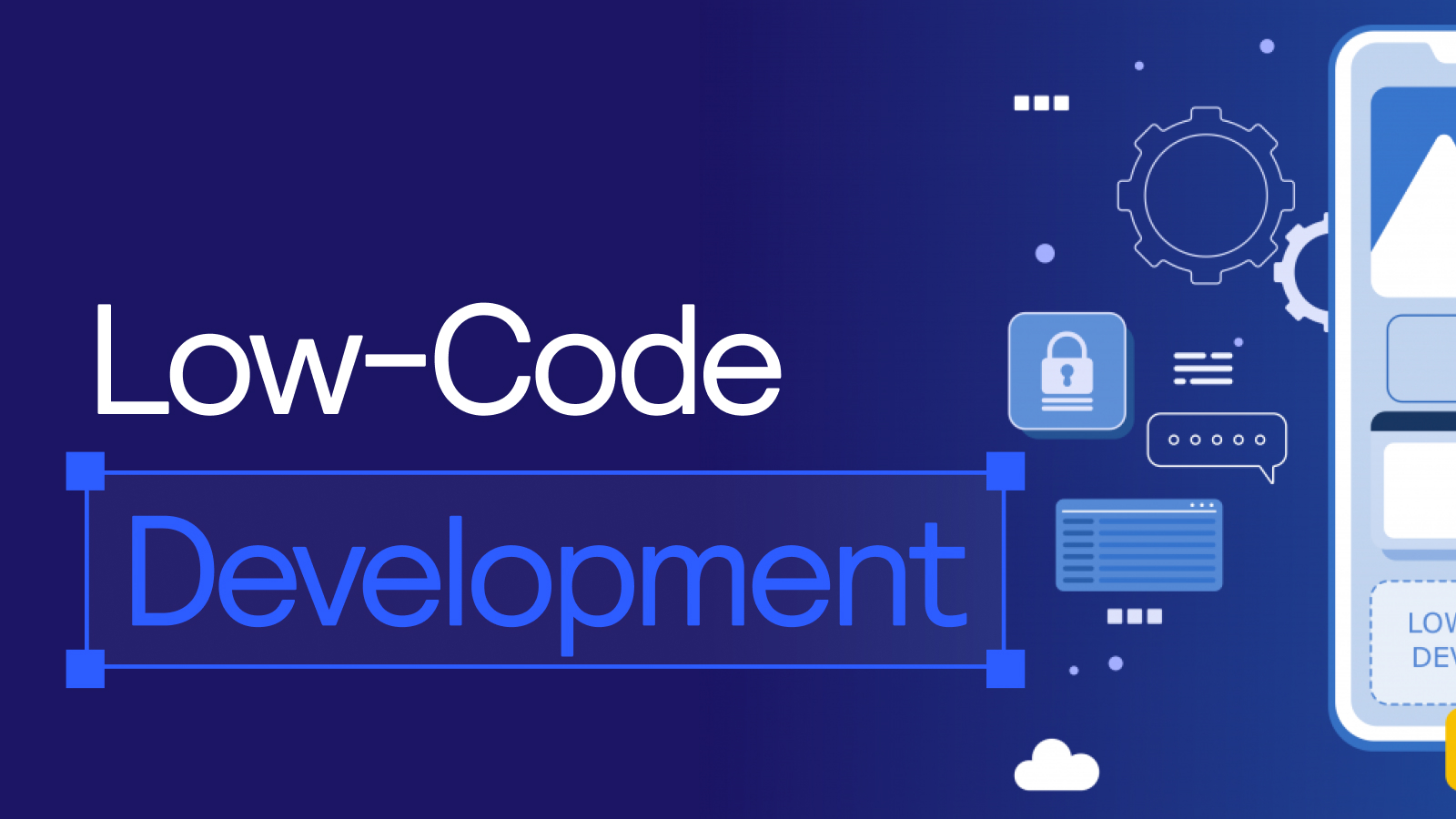Reimagining User Experience
By 2025, software innovation starts with a revolutionary attitude to the user experience. The new breed of applications is centered on dynamic, smart interfaces which are AI-driven and whose functionality is based on how a user interacts and engages with the device. Smart user journey mapping and easy onboarding are substituted by cumbersome menus and confusing settings, allowing advanced functionality to be accessible to all.
AI and Automation at the Core
Artificial intelligence and automation are not some extra features, but are the core of modern software in 2025. The products are a combination of natural language processing, generative models, and predictive analytics to allow the user to work smarter and more efficiently. Self-optimizing systems, automated workflows, and proactive assistants transform industries as diverse as healthcare, design, or logistics, and eliminate manual work and errors.
Hyperconnectivity and Integration
Software innovation will flourish when application can communicate across platforms The most innovative products eliminate silos and provide secure API-based connectivity to wearables, cloud ecosystems, and more. The combination of these solutions enables businesses and individuals to use a variety of data and insights to make better decisions and become more productive in general.
Security and Privacy by Design
True innovation helps you handle digital risks at the root. Modern applications adopt privacy-focused design, which incorporates end-to-end encryption, zero-trust models, and on-demand threat intelligence. Transparent data use policies are baked by the developers, and users gain control over how their personal data is accessed, and AI-driven security is alert to emerging threats.
Flexibility and Low-Code Development
The latest software in 2025 is a democratized creation. Low-code and no-code enable non-technical users to access powerful customization environments, and agile infrastructure allows quick iteration and deployment. This accessibility allows businesses and individuals to swiftly change the programs to match the changing needs- a culture of experimentation and constant improvement.

Sustainability and Ethical Focus
Innovation is influenced by ethical considerations because consumers and businesses require that companies be more open and responsible. Software is becoming friendlier to the environment with more and more resource-saving algorithms and carbon-friendly operations. Open-source collaboration and fairness auditing is the standard, making sure there is equity in access and responsible usage of the emerging technologies.
Immersive Technologies
AR, VR, and mixed reality platforms change the way people engage with the digital world. By 2025, software will merge physical and digital environments to allow everything, including remote work in lifelike 3D offices, immersive learning and entertainment experiences. These developments stimulate further insertion and imaginative novel potentials of work and play.
Global Inclusivity
The most innovative software places a priority on accessibility and localization, being able to reach users irrespective of national origin, language, or level of ability. Digital tools can translate across languages, speak with voice control and adapt to different layouts to support a diverse population with reduced barriers and bridged gaps across geographies.
Continuous Learning and Adaptation
Lastly, in 2025, the software is characterized by constant development. Feedback loops powered by machine learning allow applications to improve and evolve as time goes on, taking in the input of their users and responding to trends. Rather than releasing programs, programs become more intelligent and more efficient, understanding needs and creating new possibilities.
In short, the software will be truly innovative in 2025 with a combination of technology, human-centric design, security, ethics, and adaptability that empower the users and revolutionize the industries in a never-seen-before manner.


